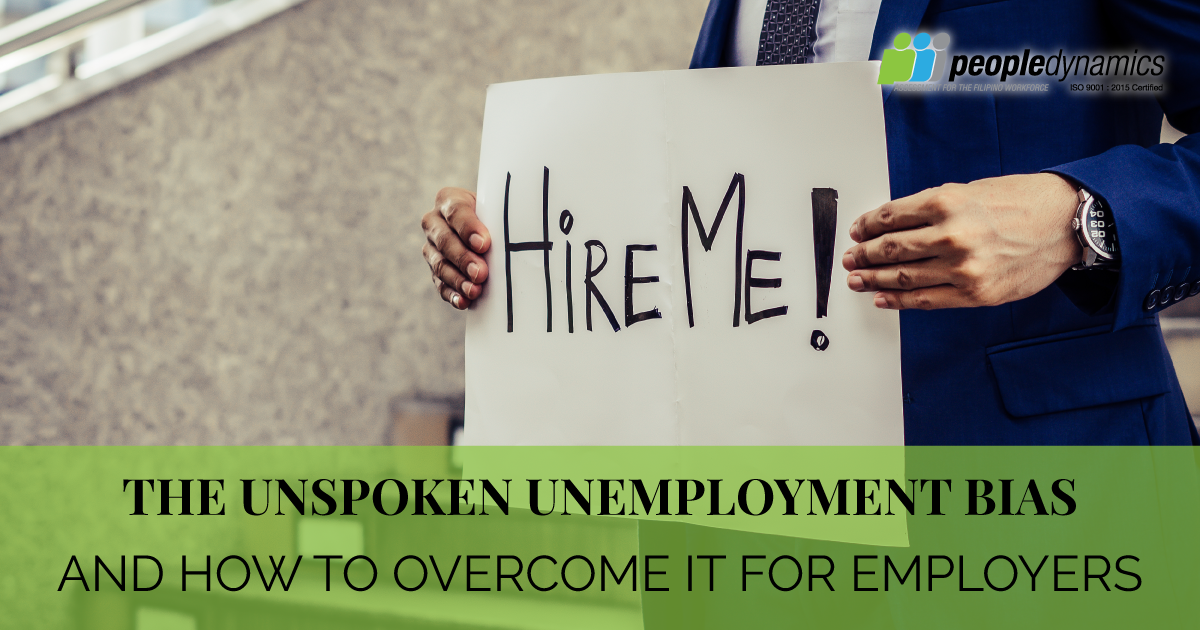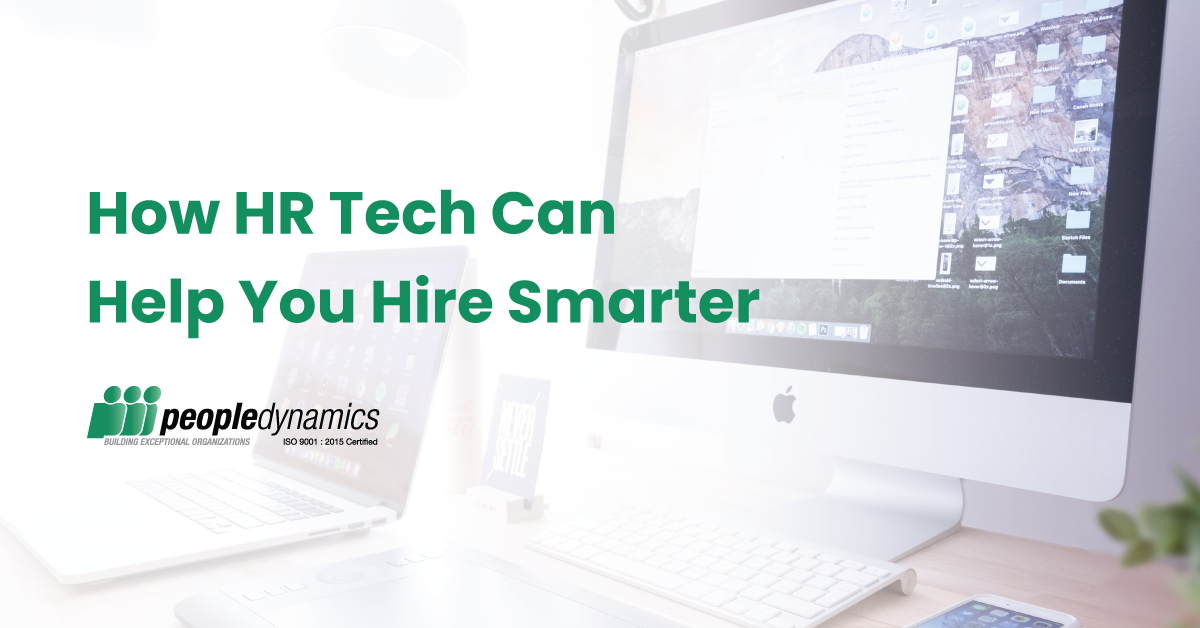There are different kinds of bias in the workplace—bias on gender, age, the halo or horn effect, and more—conscious or unconscious. But, there’s another kind of bias, especially in recruitment and hiring, that isn’t talked about: the unemployment bias.
What is unemployment bias?
Imagine this: you’re sitting in a room, reviewing an applicant’s resume, and sees that it has been some time since he or she was last employed. The applicant comes in, and as you interview him or her, you ask, “Why have you been out of work for so long?“
Normally, you want to know why an applicant was unemployed. However sometimes, before you can even hear the applicant’s reason, you already have formed a bias against them, unconsciously. This is the unemployment bias—where you form an unfavorable view of a talent that has been out of work for quite a period, thinking that they have outdated skills from being out of the job market for so long or thinking that there must be some undesirable quality about them that caused their extended unemployment.
How can you overcome unemployment bias?
With the challenges, the constantly changing workforce landscape brings, it’s important to be able to take your recruitment strategies to the next level. You may be letting go of top talents by letting your bias cloud your hiring decisions.
When you notice an applicant’s employment gap, don’t jump into conclusions. There are various reasons why an applicant can’t work for some time. They may be traveling, volunteering, taking care of their family, etc. The key is to always keep an open mind and to listen. Ask the candidate: “What did you do when you weren’t employed?” You may follow this up by questioning the candidate on how their experiences will help them when they’re working. Or, ask them if they learned something during the gap and how they can incorporate it in the job.
Don’t let good candidates slip by your fingers because of bias! Remember to always keep an open mind and listen to what an applicant has to say. You may also use screening tools and assessments to aid you in your recruitment and hiring processes.




